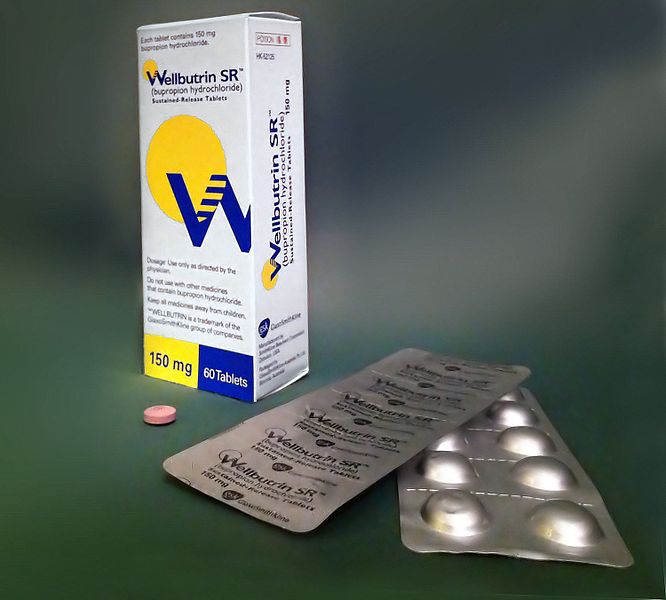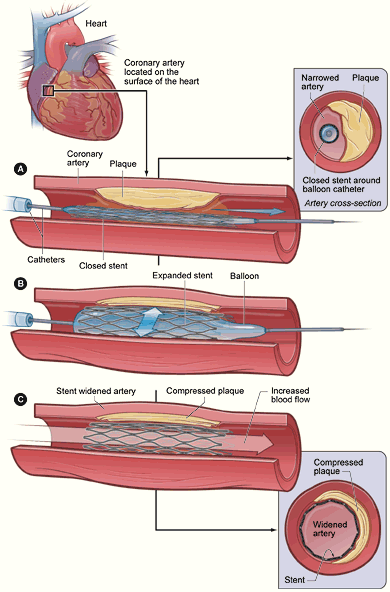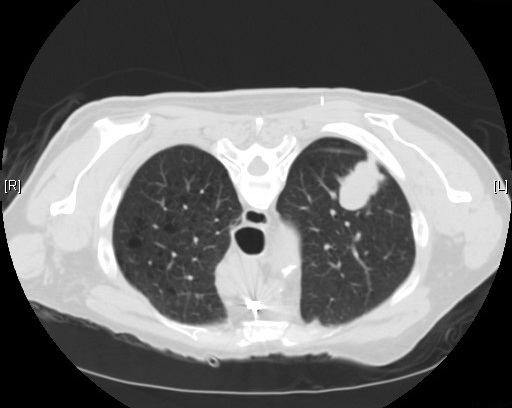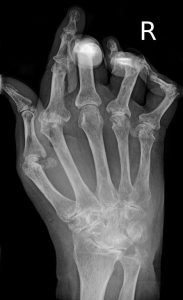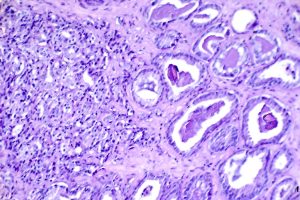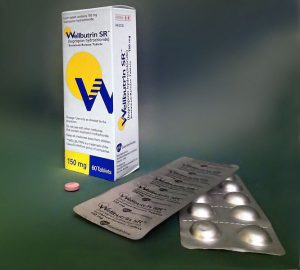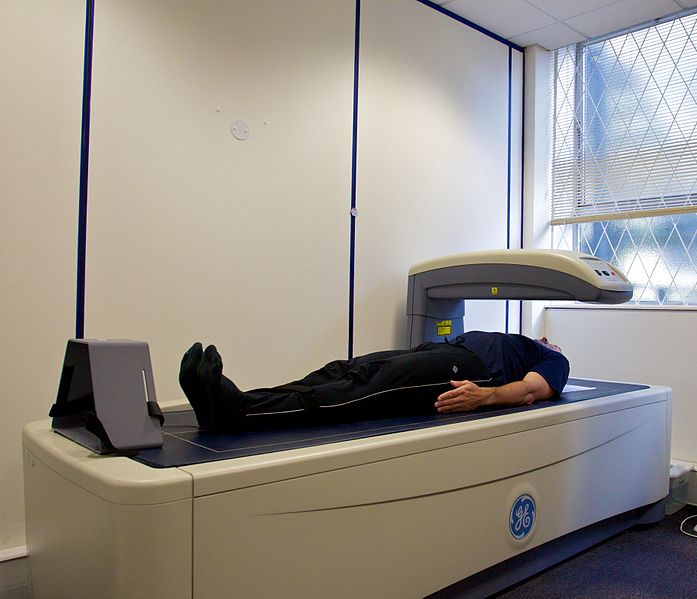
“Effects of Risedronate Treatment on Vertebral and Nonvertebral Fractures in Women With Postmenopausal Osteoporosis”
by the Vertebral Efficacy with Risedronate Therapy (VERT) Study Group
JAMA. 1999 Oct 13;282(14):1344-52. [free full text]
—
Bisphosphonates are a highly effective and relatively safe class of medications for the prevention of fractures in patients with osteoporosis. The VERT trial published in 1999 was a landmark trial that demonstrated this protective effect with the daily oral bisphosphonate risedronate.
The trial enrolled post-menopausal women with either 2 or more vertebral fractures per radiography or 1 vertebral fracture with decreased lumbar spine bone mineral density. Patients were randomized to the treatment arm (risedronate 2.5mg PO daily or risedronate 5mg PO daily) to the daily PO placebo control arm. Measured outcomes included: 1) the prevalence of new vertebral fracture at 3 years follow-up, per annual imaging, 2) the prevalence of new non-vertebral fracture at 3 years follow-up, per annual imaging, and 3) change in bone mineral density, per DEXA q6 months.
2458 patients were randomized. During the course of the study, “data from other trials indicated that the 2.5mg risedronate dose was less effective than the 5mg dose,” and thus the authors discontinued further data collection on the 2.5mg treatment arm at 1 year into the study. All treatment groups had similar baseline characteristics. 55% of the placebo group and 60% of the 5mg risedronate group completed 3 years of treatment. The prevalence of new vertebral fracture within 3 years was 11.3% in the risedronate group and 16.3% in the placebo group (RR 0.59, 95% CI 0.43-0.82, p = 0.003; NNT = 20). The prevalence of new non-vertebral fractures at 3 years was 5.2% in the treatment arm and 8.4% in the placebo arm (RR 0.6, 95% CI 0.39-0.94, p = 0.02; NNT = 31). Regarding bone mineral density (BMD), see Figure 4 for a visual depiction of the changes in BMD by treatment group at the various 6-month timepoints. Notably, change from baseline BMD of the lumbar spine and femoral neck was significantly higher (and positive) in the risedronate 5mg group at all follow-up timepoints relative to the placebo group and at all timepoints except 6 months for the femoral trochanter measurements. Regarding adverse events, there was no difference in the incidence of upper GI adverse events among the two groups. GI complaints “were the most common adverse events associated with study discontinuance,” and GI events lead to 42% of placebo withdrawals but only 36% of the 5mg risedronate withdrawals.
Oral risedronate reduces the risk of vertebral and non-vertebral fractures in patients with osteoporosis while increasing bone mineral density. Overall, this was a large, well-designed RCT that demonstrated a concrete treatment benefit. As a result, oral bisphosphonate therapy has become the standard of care both for treatment and prevention of osteoporosis. This study, as well as others, demonstrated that such therapies are well-tolerated with relatively few side effects. A notable strength of this study is that it did not exclude patients with GI comorbidities. One weakness is the modification of the trial protocol to eliminate the risedronate 2.5mg treatment arm after 1 year of study. Although this arm demonstrated a reduction in vertebral fracture at 1 year relative to placebo (p = 0.02), its elimination raises suspicion that the pre-specified analyses were not yielding the anticipated results during the interim analysis and thus the less-impressive treatment arm was discarded.
Further Reading/References:
1. Weekly alendronate vs. weekly risedronate
2. Comparative effectiveness of pharmacologic treatments to prevent fractures: an updated systematic review (2014)
Summary by Duncan F. Moore, MD
Image Credit: Nick Smith, CC BY-SA 3.0, via Wikimedia Commons
